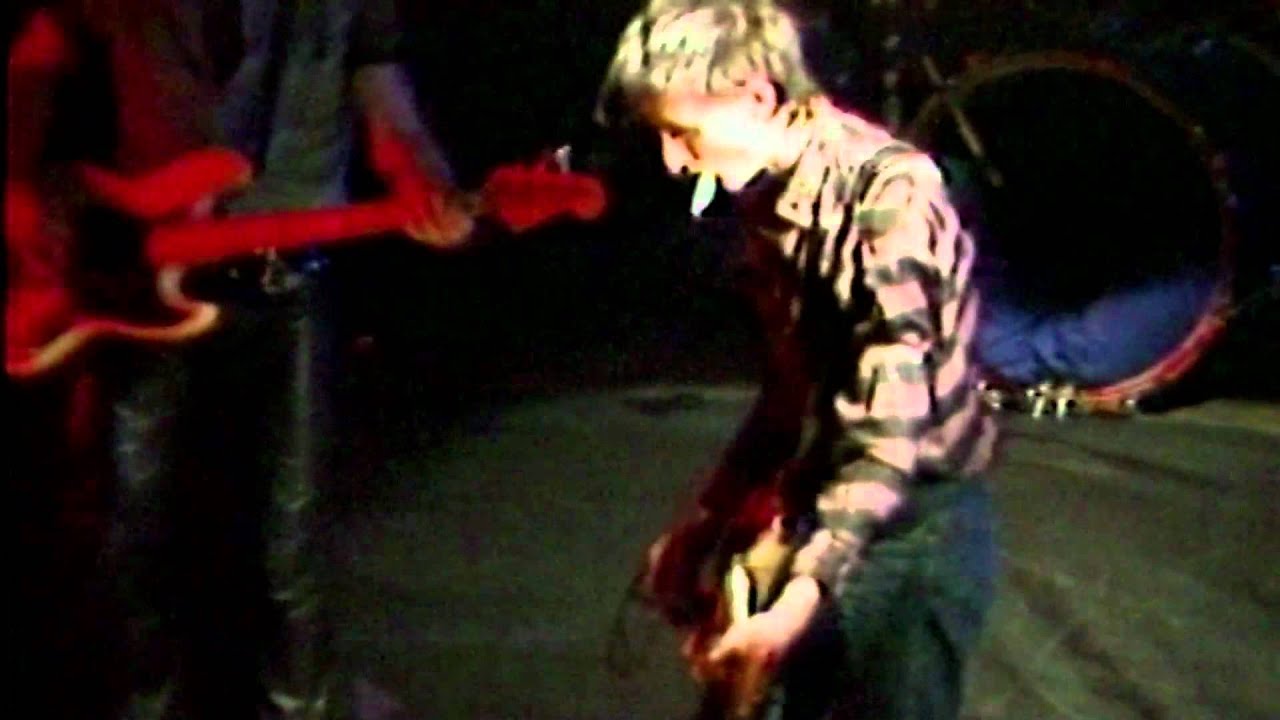By Chlotrudis Independent Film Society
Rating: 3.5 cats
Director: Lynn-Maree Milburn | Richard Lowenstein

Country: australia
Year: 2013
Running time: 110
IMDB: http://www.imdb.com/title/tt2015298/combined
Jason says: “I strongly suspect that I have complained about documentaries that seem to argue that someone wrecking his life and those of the people around him is more tragic because he could play the guitar enough for it to become just as tiresome as the movies themselves. So let’s give AUTOLUMINESCENT its due: That material is pretty clearly there for Rowland S. Howard, but the filmmakers clearly feel his music is more important, sacrificing familiar emotional beats to focus on it to a degree that is oddly refreshing.
“To a certain degree, Howard’s story is somewhat familiar: As a teenager in the late 1970s, he displayed an early talent for songwriting. The band he was in, The Birthday Party, left their small pond (Australia) to try and succeed on the big stage (London), falling apart just as they were about to break through. Other bands and solo works follow, some brilliant, but his career (and life) is cut short.
“There is often a sense, when looking at the structure of musician biographies, of them being organized around the songs, and while AUTOLUMINESCENT seldom stops to actually play one in its entirety, they do serve as something akin to quotation marks, bookending the discussion of a certain part of his life with the sort of music he was making at that time. It’s most obvious early on, as interviewees marvel that he wrote ‘Shivers’ at the age of sixteen, while Rowland’s claims that was meant to be ironic even if Nick Cave sang it with sincerity help establish a whole slew of themes, from the romantic heart underneath punk material to the friction in every band with multiple songwriters but somewhat rigid roles.
“Few of the other sections are quite so dense as that one, but it does also set up how the various subjects Lynn-Maree Milburn and co-director Richard Lowenstein speak to are going to be interesting interviews. Cave, especially, is well worth watching; he’s got a rock star’s personal charisma but it’s not quite so effective that one can’t see how his gracious, complimentary answers are also rather self-serving. None of the interviewees are looking to make particularly barbed comments, especially the pure fans like Henry Rollins or Wim Wenders (who seems mostly interested in talking about Wim Wenders, but his discussion of including both Cave’s new band The Bad Seeds and Howard’s Crime + the City Solution in WINGS OF DESIRE does lead to some of the more unguarded moments). What’s interesting about many of the rest is how uncompartmentalized they reveal Howard’s life as being – nobody seems to be choosing just one label out of friend, family, band mate, fan, or lover.
“One of the most distinctive voices, though, is Rowland S. Howard himself; there’s plenty of interview footage from not long before his 2009 death, but another interview from the 1980s gets a lot of use as well, and it’s not unusual for both young Rowland and older Rowland to weigh in on a subject. He mostly speaks about his music and emerges as focused but maybe no longer obsessive; the chip on his shoulder from the earlier interview gone but his outlook still the same mix of youthful romance and cynicism, even if he is physically worn down.
“He must have known he was dying when he recorded the newest footage, to the point where it seems he must have specifically requested this be the focus – before the last ten or fifteen minutes of the movie, there are no references to his illness beyond a few sentences spoken in the past tense, and even at the end, there are few details. That leaves Lowenstein & Milburn without the most obvious story arc to build on, although there’s something quite nice about how they do not structure the movie as a morality tale or tragedy about demons connected to genius as a result. They do still manage to put their pieces together in an appealing way, mixing up stills, talking heads, concert footage, and new bits of animation with curiosities like passages from Howard’s uncompleted novel Etceteracide for something that gets the audience to the end without boring non-fans much.
“I suspect that, like most musician documentaries, this one is more for the fans than anybody else, even if it is 110 minutes of basic Rowland S. Howard history without much in the way of performance. It’s a fairly respectful summing-up of someone not long gone that also serves as a good introduction, even for those who didn’t know they even had rock & roll in Australia. 3.5 cats
Seen 22 October 2013 at the Regent Theatre (Gathr Preview Series, digital)”
